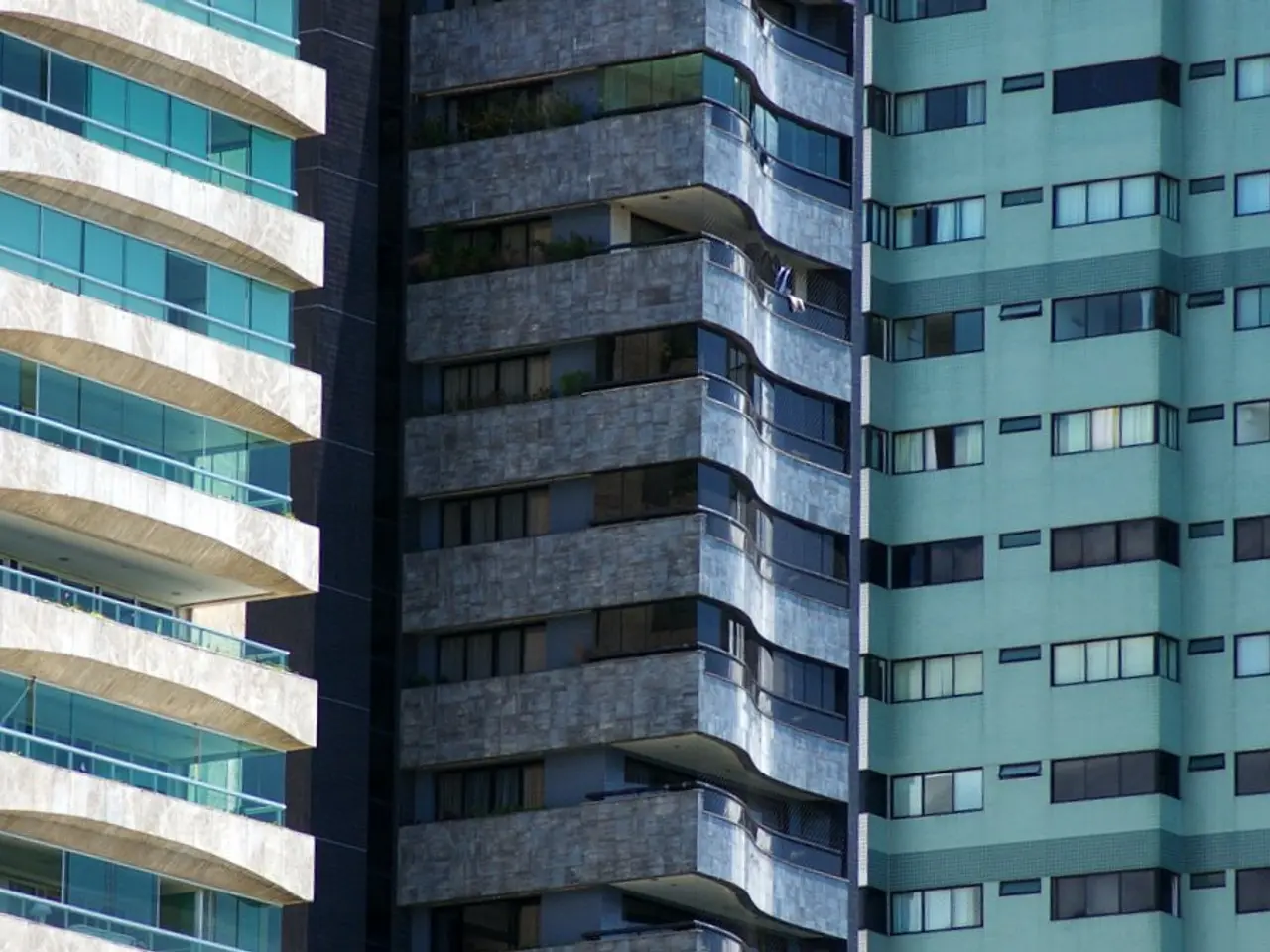Three noteworthy instances of architectural design prioritizing sustainability across Europe
In the heart of Lyon, France, a remarkable development known as Hikari is making waves as the first energy-positive building in Europe. This mixed-use building, which houses offices, apartments, and stores, is a collaborative effort between the City of Lyon, Nedo, Toshiba, and Bouygues Immobilier. The name Hikari, meaning "light" in Japanese, reflects the building's design, which is centred around light.
Hikari produces 0.2% more energy than it consumes, thanks to the use of photovoltaic panels, geothermal energy, and a power plant fuelled by locally produced rapeseed oil. The building is also part of the Smart Grid movement, using information technologies to optimize energy production, distribution, and consumption.
Across the continent, another energy-positive building, The Edge, stands tall in Amsterdam, Netherlands. Designed by PLP Architecture, The Edge is a 430,000+ sq ft building that uses 70% less electricity than a regular office building. The building's energy efficiency is achieved through various means, including an aquifer thermal energy storage system that is used to heat and cool the building.
The Edge is also equipped with the latest sensors that enable occupants to access data on their environment and interact with it. The building's Ethernet-powered LED lighting system uses sensors that detect movement, monitor occupancy, humidity, lighting, and temperature. The Edge's excess electricity is given to the nearby University of Amsterdam.
The Powerhouse Kjørbo in Oslo, Norway, holds the title of the first energy-positive refurbished building in the world. This building was renovated from two office buildings from the 80's, through a collaboration between Skanska, Snøhetta, ZERO, and others. The Powerhouse Kjørbo produces twice the energy it consumes annually, thanks to the use of geothermal energy and solar panels. The excess electricity generated is used in a nearby hydrogen refueling station.
These energy-positive buildings are not just architectural marvels; they are also significant steps towards a more sustainable future. They demonstrate that it is possible to create buildings that not only meet our needs but also contribute positively to the environment. As more such buildings are built, we can hope to see a shift towards a more sustainable urban landscape.








